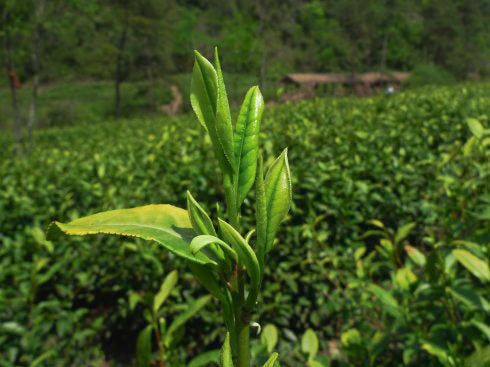
Tea 101

Steeped in Legend
In Chinese mythology, tea was discovered in 2737 BCE by Emperor Shen Nong when leaves from a wild tea tree drifted into his pot of boiling water. Intrigued by the aroma and invigorated by the taste, he declared it a divine gift.

Stem and Leaf
Tea is a refined infusion made from the leaves of the Camellia sinensis plant. While there are many categories of tea, green, white, oolong black, and pu-erh, all true teas are the result of meticulous cultivation and artful processing of this single plant species. The distinction lies in the method of crafting: oxidation levels, harvest time, and regional terroir all contribute to the unique character of each tea.




